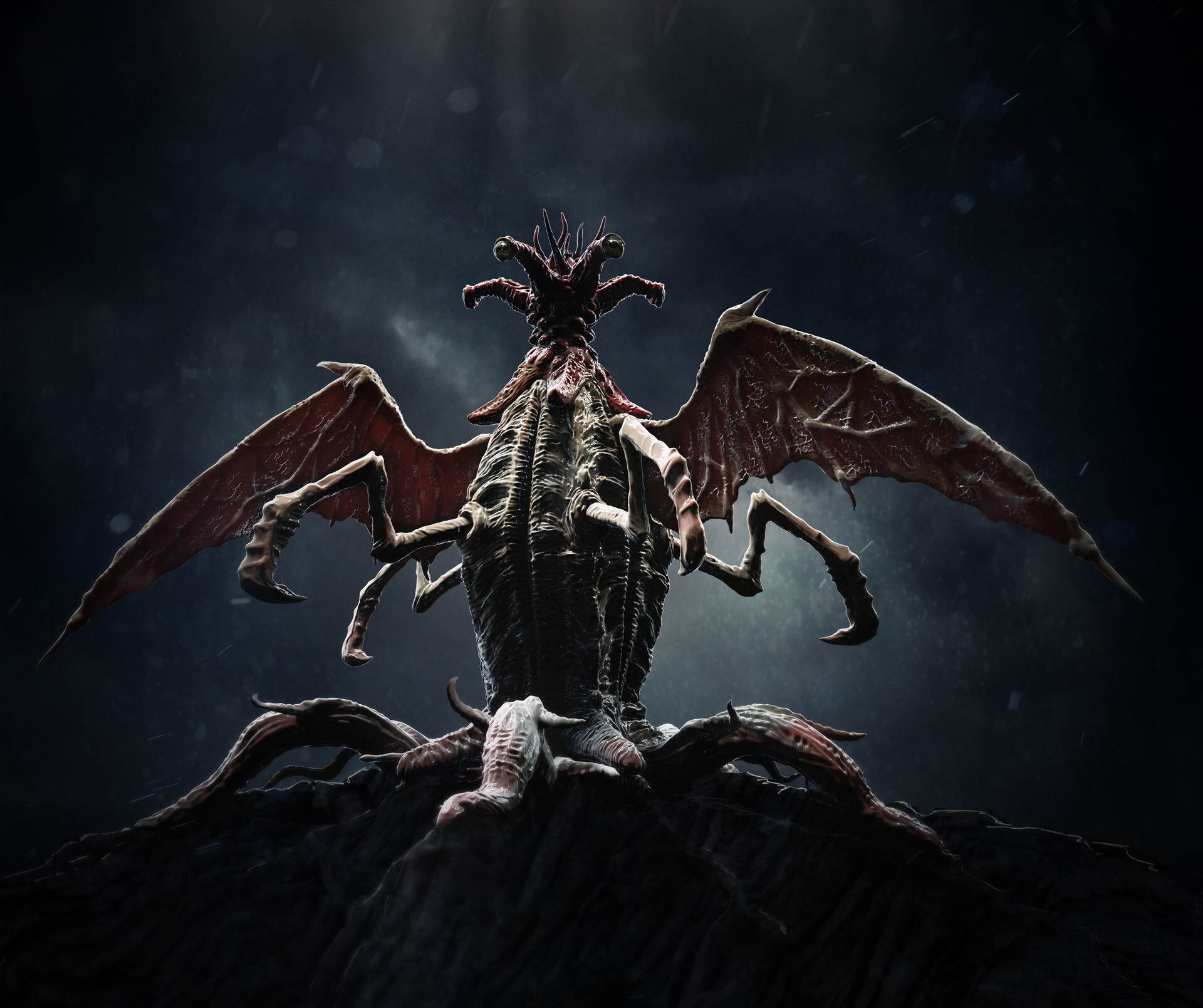this post was submitted on 11 Sep 2023
2 points (100.0% liked)
H.P. Lovecraft
4 readers
1 users here now
Community for fans of Lovecraft and Cthulhu mythos.
founded 2 years ago
MODERATORS
you are viewing a single comment's thread
view the rest of the comments
view the rest of the comments

In Chapter VI Dyer and Danforth investigate the art and reported history of the cyclopean city and its inhabitants.
Venturing through the ancient building, Dyer and Danforth come across regular patterns on the walls, Hieroglyphic murals bordered by arabesques line the entirety of the walls, only with brief pauses in the patterns of dots. These dot patterns hint at a rhyming form alien to all cultures of man.
They two delve deeper and study these murals, which evidently depict the history of the the barrel-like creatures. The rooms are notably unfurnished, though murals depict contents of these old rooms. This leads Dyer and Danforth to conclude that the city was abandoned. The pair both arrive at a conclusion that they try their hardest to deny, until they are presented with an unambiguous mural.
These barrel-like creatures are in fact an alien species who have lived on many worlds, and arrived on Earth a billion years ago. Indeed, these creatures are evidently the "Elder Things" fearfully written of in the Pnakotic Manuscripts and the Necronomicon. The mural further depicts that these creatures are at least partially responsible for life on earth.
Dyer and Danforth franticly take photographs of the murals and take to drawing pictures when they run out of film. Dyer reveals that on later study, Danforth suffered from a mental breakdown which Dyer blames on the revelations of their research. Unfortunately this was unavoidable, as Dyer and Danforth must warn against further expeditions.
This is an important chapter in the story. The revelation of spacefaring precursor races is noted by some Lovecraft scholars as Lovecraft's attempt to frame the creatures of his short stories through a more scientific lens, rather than leaving them as supernatural earthly entities. Enigmatic entities such as Cthulhu were now justified as ancient colonists of earth rather than god-like entities.
Those of you more seasoned in Lovecraft's work may have heard the term "Cthulhu Mythos", coined by a friend of Lovecraft, August Derleth. Derleth, while a confidant of Lovecraft, was a proponent of viewing the collected works of Lovecraft as a collective mythos with an overarching theme of good versus evil, which suited his catholic sensibilities. Lovecraft being an atheist rejected the notion of such a meta-narrative and firmly rejected Derleth's attempts to consolidate his works under a collective "Mythos" label.
Following Lovecraft's death, Derleth became the publisher of Lovecraft's unpublished works via Arkham House publishing. He is in part responsible for the widespread publication of Lovecraft's work today. Be that as it may, he is responsible for some decisions which many Lovecraft fans dislike. The two most controversial decisions were to go against the express wishes of Lovecraft and propose that the collection of stories be viewed under the banner of a single connected "Cthulhu Mythos"; and Derleth publishing a large number of "posthumous collaborations" with Lovecraft as a co-author, decades after Lovecraft's death.